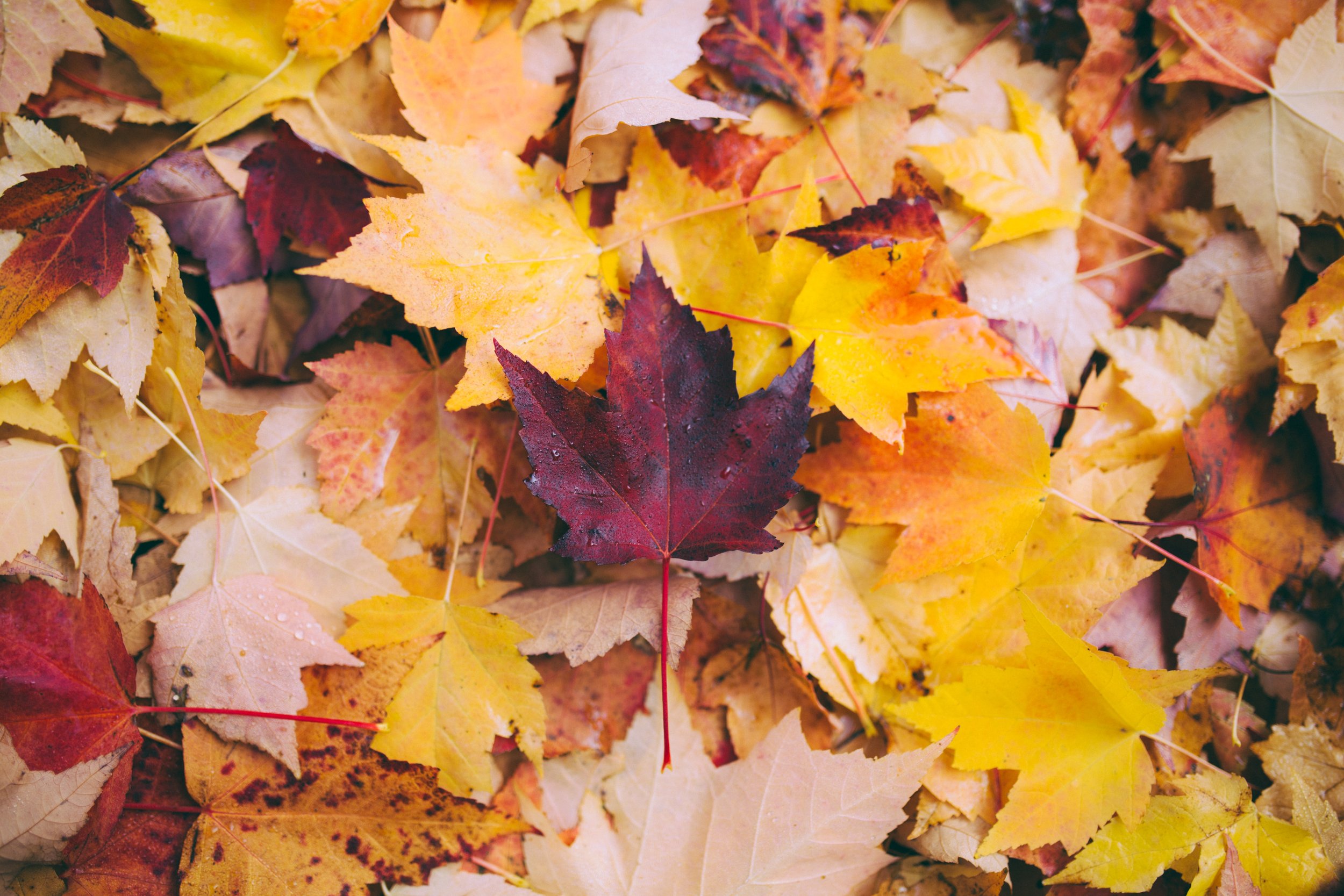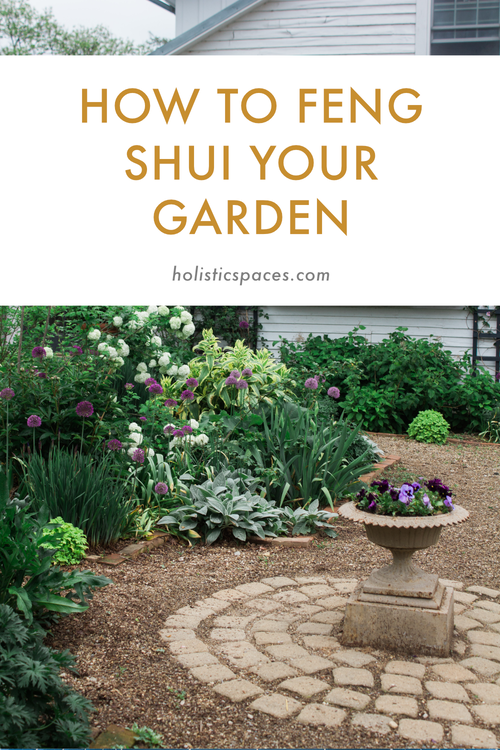Is it possible to feng shui my home using the bagua as well as flying stars? For example, my living room’s bagua Wealth corner is in the SE, but for 2016 flying stars says the Wealth is in the SW. Is it correct to use the feng shui wealth cures in two directions?
Fahriye S., Nilüfer, Bursa,Turkey
Hi Fahriye,
Thanks for writing in about how to use the feng shui bagua map on your home. To clarify, I believe you are asking if you can use the BTB school bagua layout with a Flying Star school bagua layout.
There are dozens of schools of feng shui, such as BTB, Flying Star, Compass, Form, etc. There are similarities and differences in each school, all varied. This is one of the most important reasons why it’s best to use a consultant rather than try to practice feng shui on your own - because the average person will get very confused and often mix up the schools, which may conflict. And it sounds like this is what’s happened to you!
Another clarification, I practice BTB feng shui and am not a Flying Star practitioner. However, I do work with flying stars a bit in my personal feng shui (not with clients) and use their activations with success. So for myself, I may work on a wealth cure using the BTB bagua layout but also use a wealth activation in my home based on the Flying Star school. And there are practitioners who practice from both schools with their clients. But in Flying Star it can be very dangerous if you activate the wrong sector. For instance, maybe it’s really in the south and you activate something very negative. Therefore I highly discourage you from trying anything on your own.
BTB and Flying Star use a similar feng shui bagua map. BTB locates the bagua map based on the “mouth of qi,” which is generally the formal entrance (front door) to a space. The Flying Star school locates the bagua map based on the compass direction among other things. With both schools, but especially Flying Star, there is skillfulness required to locate bagua areas in a space.
Finally, my BTB teachers have always, always, always taught that all schools of feng shui are valid. You can find success with whatever school you resonate with, or whichever school(s) your consultant practices. However, I would again caution against attempting to use Flying Star on your own. It may produce something undesirable. And also I believe it’s best to do something simply with the correct intention, and do it well, rather than spread yourself thin and do too much. Things can get muddled and confused, and therefore ineffective.
If you decide to go with the BTB bagua layout, you will find plenty of guidance in this free guide or you can schedule a call with me for help! If you're certain you want to opt for the Flying Star school, I would strongly urge you to find a consultant to guide your adjustments for positive results. Please let us know how it goes and if you have specific questions regarding BTB bagua adjustments!
If you’d like to learn more about feng shui, check out Mindful Design Feng Shui School at: www.mindfuldesignschool.com







